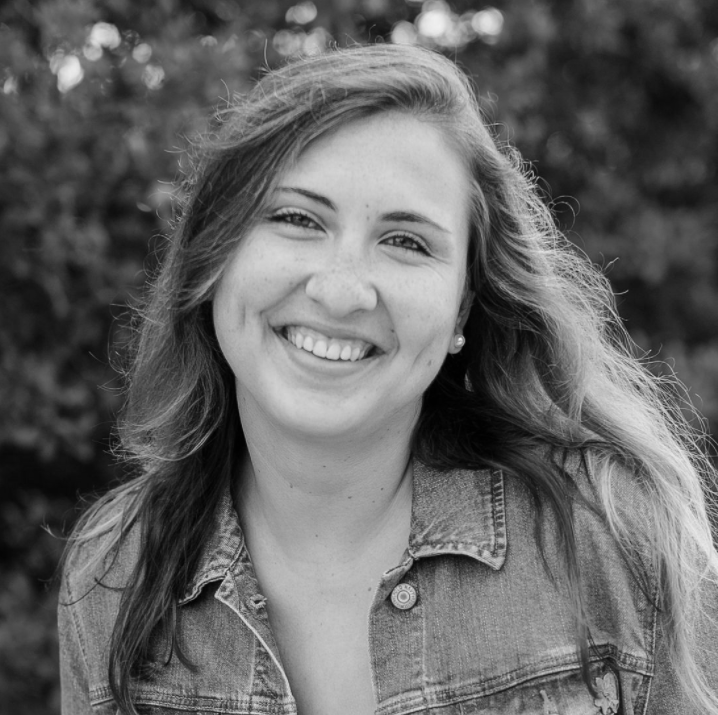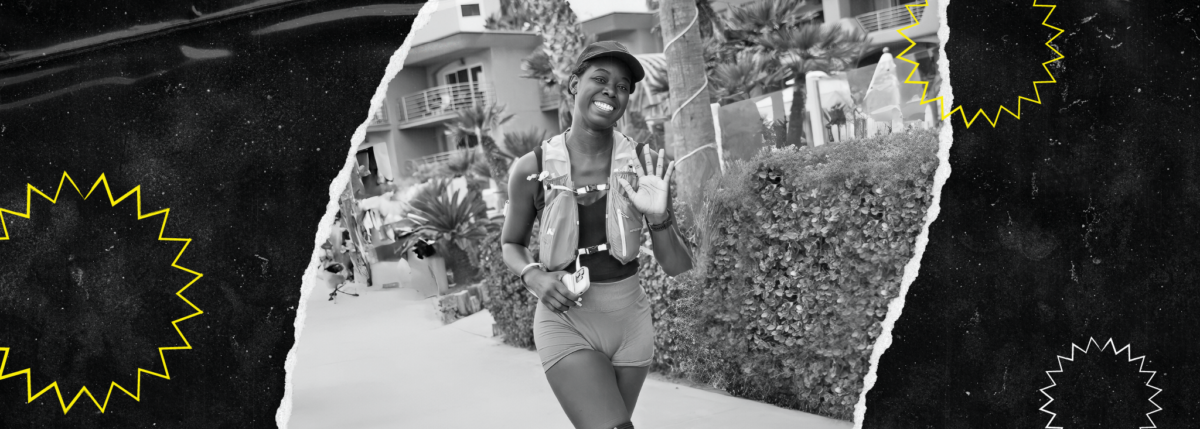Making Small Changes + Incorporating Time In Range With Freestyle Libre
Written by: Erika Szumel
4 minute read
December 16, 2021
Liz Davis shares how her Freestyle Libre and time-in-range feature has helped strengthen her diabetes management regimen.
For many people living with diabetes, understanding and interpreting blood sugars can be a daunting, never-ending task. In the 21st century, the diabetes world has made serious strides toward making life with diabetes more manageable and easier. Here’s where insulin pumps and continuous glucose monitors (CGMs) come in.
Liz Davis, a digital content creator and type 2 diabetes (T2D), shares how her Freestyle Libre 14 day system changed the management of her and her husband’s diabetes. Utilizing the time-in-range feature, she learned how to interpret her blood sugar numbers and patterns and avoid blood sugar spikes. For Liz, this information was much more useful for her everyday diabetes management than learning her A1C every few months at the doctor’s office.
BT2: Hi Liz, Thanks for chatting with us! When were you diagnosed with type 2 diabetes? What were some of the symptoms you had?
Liz Davis: I had been in the pre-diabetic range during grad school, the most stressful time in my life, but it didn’t develop into type 2 diabetes until 3 years later in 2018. I was 33 years old, working a day job full time and writing TV movies full time, so I never slept and my health was a low priority. I had routine panic attacks, anxiety, and depression which finally led me to see a doctor for a full physical. The lab work revealed my A1C was 7.4. For me, I didn’t notice diabetes symptoms until after I was diagnosed, with extreme thirst and frequent urination being the main two.
How does diabetes impact your day-to-day work as a Digital Content Creator? What changes did you make to your everyday life after you were diagnosed?
As a content creator, I always keep diabetes awareness at the forefront. It’s a part of my everyday life as I share my CGM readings, feedback from my PC physician, and how I keep my glucose numbers controlled. For me, it’s been about learning how to flatten blood sugar spikes—eating protein and veggies before carbs, limiting refined carbs, and going for walks after meals.
How was the transition?
When I was first diagnosed, I got pretty extreme with diet and exercise and while my A1C dropped to 5.1 in just four short months, overall, it was not a sustainable lifestyle for me. I have since made smaller steps to create something that’s sustainable for me forever – mainly taking walks instead of 90-minute gym sessions and knowing when and what carbs to eat as opposed to cutting them completely.
Did you start using insulin from the beginning or did you try other forms of treatment?
No, I have never been on insulin, just metformin.
How did you get started with the Freestyle Libre 14 day system?
I had seen other diabetics on Instagram using these devices, and this brand seemed to be the most recommended. I asked my primary care doctor about her thoughts and she was very supportive. Even though I’m not on insulin, she agreed that it could be a very powerful tool. I think only a month after I had mine, my husband, who also has type 2, asked for one as well.
How did it help you improve your diabetes self-care?
It was a complete game-changer for us, especially my husband who is such a baby about fingersticks. To have continuous data and see exactly what was impacting our glucose levels and when helped us navigate what and when to eat. Now, we both eat and exercise according to our blood sugars and have radically improved our A1Cs.
What were some changes that you noticed once you started using FSL?
When we first started using them, we would check our glucose every five minutes just because we could, it’s just so easy. Then we started to get really focused on the patterns and the reports that FSL provides. Once we saw this data, we really focused on controlling any spikes.
Do you think more people with type 2 diabetes should have access to devices like FSL?
Absolutely and beyond that, I think anyone with pre-diabetes should have access to one. Blood sugar spikes are so damaging to the organs, a person could be having high blood sugar spikes, but enough lows to balance them out and keep their A1C fairly low. This group of people, like myself, when I was pre-diabetic, don’t usually check their sugar often and definitely should because the more early prevention, the better.
What are your favorite features of the FSL?
I love the app, that I don’t need a reader or other device, I can just use my phone. I look at the reports and averages often, so I can see what times of day I’m spiking as well as how my blood sugar is over the past 30 days vs. 90 days.
What are your thoughts on ‘time in range’ as a metric compared to A1C?
A1C is a very broad indicator. While speaking with my doctor, she has emphasized the importance of avoiding any spikes over 200, as those are the most damaging to the body. I set my range at 80-160 so I can see exactly when I’m in this range and avoid having those dangerous spikes. A1C is helpful, but definitely not as telling as the time in range data.
What are some words of inspiration to other people with T2D?
This is not a death sentence. I was so scared when I was first diagnosed, and the fear was absolutely crushing. This is a very manageable disease with the right tools. You can integrate very small changes to manage glucose spikes and bring down your A1C.
Diabetes distress is common in the T2 community, especially because of the stigma that comes with the disease. What is one self-care act you like to do?
For me, knowledge and data are always powerful and have eased my stress about type 2. Started with seeing a doctor, getting that A1C checked regularly, getting a CGM and monitoring glucose spikes—it’s done so much to ease my anxiety about it, and that has been the best self-care. While there is still a lot of stigma about type 2, and a lot of people believe it only impacts larger bodies, which is not at all true, the best thing I have done is to use my social media platform to talk about it. The more we talk about it and de-stigmatize it, the more people will be comfortable discussing their diagnosis and normalizing life with type 2. Hopefully normalizing this disease will encourage better management of it and prevent people from thinking they’ve received a death sentence like I did when I was first diagnosed.
You are not alone. Join the BT2 community!
A place for everyone impacted by type 2 diabetes to share their stories, get connected to one another and find resources on topics from daily management to mental health. Now with the support of our friends at the American Diabetes Association, get instantly connected to other people who just get it – ask questions, share successes, vent about it in a safe and respectful platform designed specifically for people impacted by T2D. Here you’ll find a collection of practical ideas, stories and resources in both English and Spanish, for not only living with type 2 but thriving with it.
Want to share your story with us? Learn how to share your story or submit clinical content here.
This content was sponsored by Abbott, the makers of FreeStyle Libre 2,—a Founding Partner of Beyond Type 2.

Author
Erika Szumel
Erika has been living with type 1 diabetes since 2000 and began her career as an associate producer, working at NBC's Oxygen. When she's not writing about her favorite places (or planning a trip), she's jammin' out to classic rock. Living at the Jersey shore, Erika is a lover of the little things, the ocean and pork roll.
Related Resources

Jordan Sooter’s journey to running marathons began in college as a way to stay fit....
Read more

Antoine Gibson is no stranger to overcoming challenges. As a saxophonist and marathon runner living...
Read more

Danica Collins not only prepared for one of the most challenging physical events of her...
Read more

